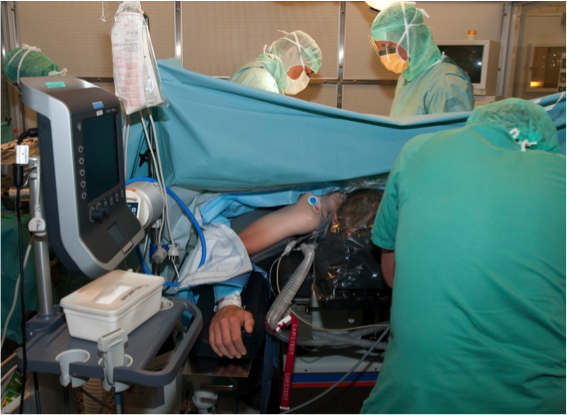This video shows both ”lung pulse” and ”lung sliding”.
Notice that ”lung pulse” is rhythmic and in synchrony with the cardiac pulsation. If in doubt it can be useful to palpate the peripheral pulse to check for synchrony.
“Lung sliding” appears in synchrony with the respiratory cycle. Lung sliding is easier to see with higher tidal volumes, and disappears with apnea.
Both lung signs indicate that the visceral and parietal pleural surfaces are juxtaposed at the location of probe.
This is why lung sliding and lung pulse can be used to rule out the presence of air in between the two pleural sheets (i.e. pneumothorax).










